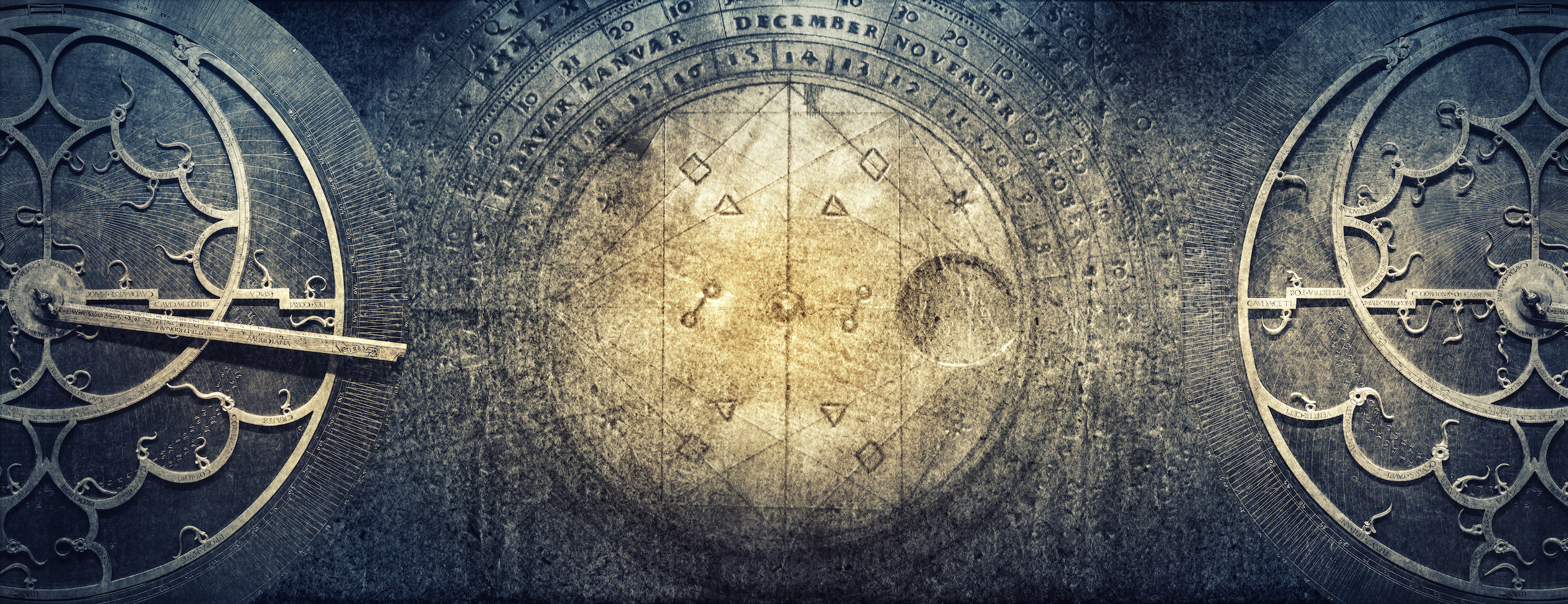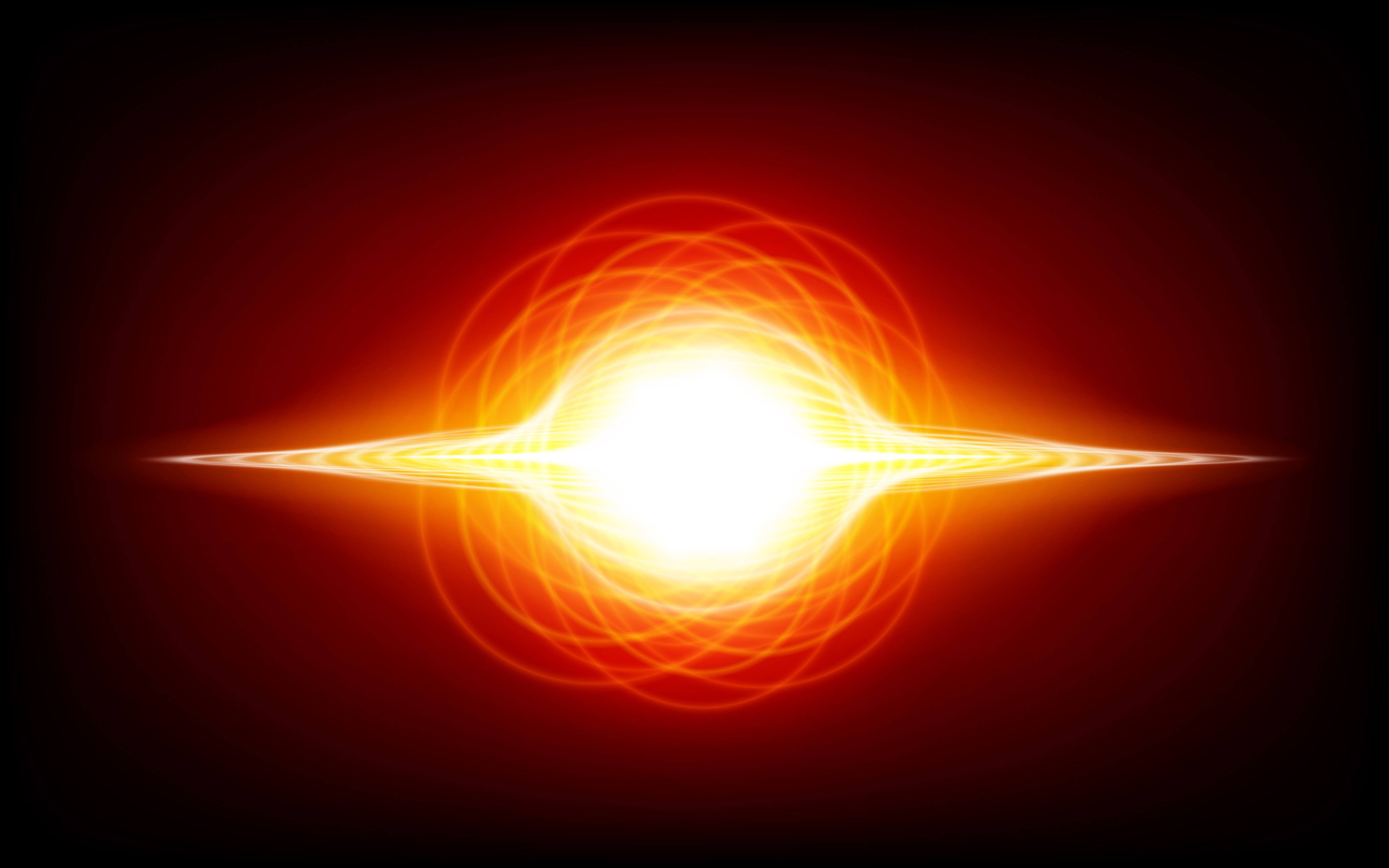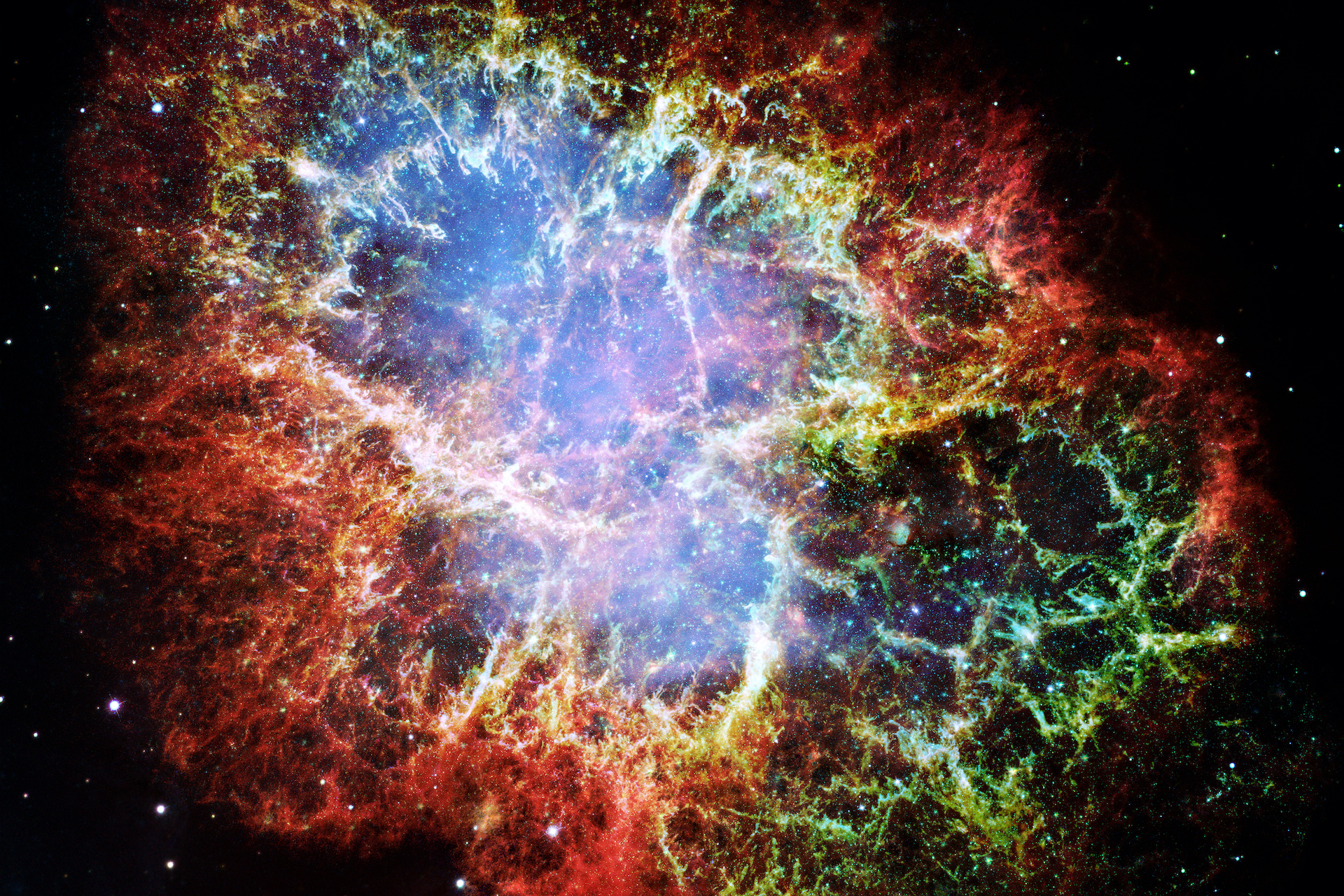Astronomy is really a story of expanding horizons. To the ancients, the Earth was the centre, and the Sun and planets orbited around it. Post-Copernicus, we realised that we are part of a planetary system orbiting the Sun. We’ve since realised that there are many, many other planetary systems orbiting other stars; our Sun is just one of billions of stars in our galaxy; and our galaxy is just one of many billions of galaxies that can be seen through a large telescope.
Our entire universe is a dynamic entity. Everything started off very compressed and compact, and about 13.8 billion years ago it started expanding, and it gradually cooled down. Stars and galaxies emerged, and we are coming to understand how this happened. Indeed, when I was starting my research about 50 years ago, it wasn’t clear that there was a beginning. There was a rival theory called the steady-state theory, according to which our universe had existed from everlasting to everlasting, and although it is expanding, new galaxies form in the gaps as the old ones moved apart.


